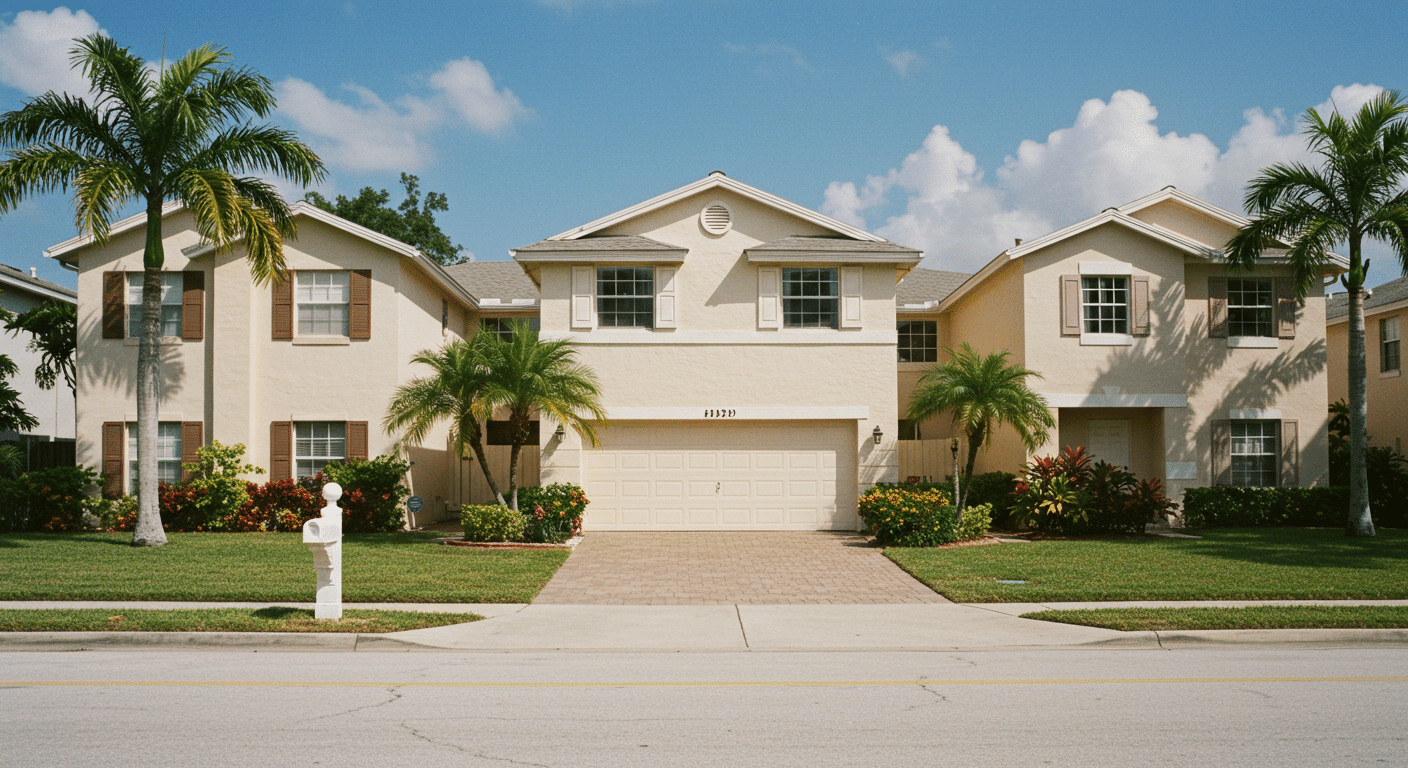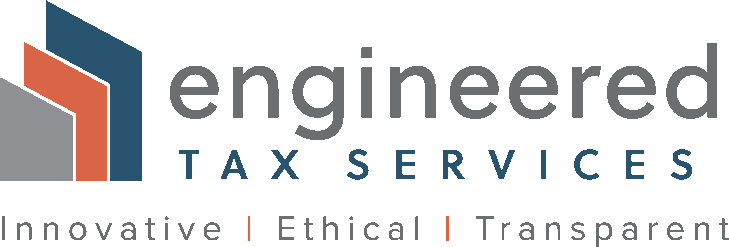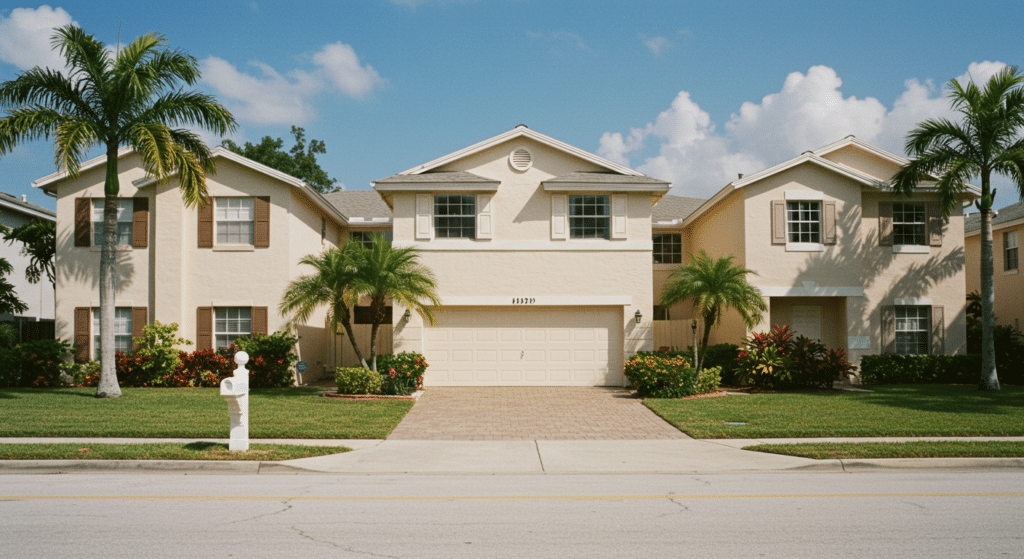
Narrative
In 2021, the owners of a residential house in Stuart, FL, undertook strategic tax planning to enhance their investment. The property consists of 3 buildings with 2 stories, originally constructed in 1979. The total depreciable basis for the property was $462,000, with a land value of $938,000, bringing the total property value to $1,400,000.
The building's exterior showcases wood siding with stucco finishes, asphalt shingle roofing, and steel panel roof sections. The interior is well-appointed, featuring amenities such as a 3-ton HVAC central split system, tankless water heaters, and recessed downlight fixtures. The property includes ceramic tile flooring, wood stud framing with drywall partitions, and multiple bathrooms with vanity sinks, bathtubs, and water closets. Additional features include a wood deck, concrete paving, a well-drilled water system (100 ft, 4″-6″ diameter with 1/2 HP pump), and various land improvements.
The owners engaged Engineered Tax Services (ETS) to perform a comprehensive cost segregation study of the property. This study aimed to identify and reclassify specific assets, enabling the acceleration of depreciation and optimizing tax benefits. This case study outlines the cost segregation strategy employed and its significant impact on the financial outlook of the property.
Objective
The primary objective of the cost segregation study was to identify and classify the residential house's assets to optimize the owners' tax savings. By breaking down and reallocating components into shorter depreciation life categories, ETS aimed to provide both immediate and long-term financial benefits through accelerated depreciation.
Methodology
ETS employed a detailed, engineering-based approach, which included:
- Physical Inspection: conducting a thorough site visit to identify and photograph the property's components
- Document Review: examining architectural plans, construction documents and accounting records
- Cost Analysis: applying engineering principles to allocate costs to specific asset classifications
- Depreciation Calculation: calculating depreciation using IRS-accepted methods such as the Modified Accelerated Cost Recovery System (MACRS)
Learn More About Cost Segregation
Explore the benefits of cost segregation and how it can enhance your property's profitability. Dive deeper into our strategies.
Discover MoreAsset Allocation
5-Year Class Life
Total Depreciation Allocation: $64,947.24
Percentage of Total Depreciable Basis: 14.1%
5-year class life assets identified in this study include:
- Kitchen equipment and appliances (dishwasher, garbage disposal, refrigerator)
- Laundry equipment and connections
- Television connections and outlets
- Decorative lighting fixtures (ceiling fans, accent sconces)
- Window AC units
- Custom cabinetry and countertops
- Interior finishes (horizontal blinds, laminate wood flooring, wood veneer wall coverings)
- Electrical panels and equipment
15-Year Class Life
Total Depreciation Allocation: $152,285.08
Percentage of Total Depreciable Basis: 33.0%
15-year class life assets identified in this study include:
- Concrete paving and driveways
- Wood fence (6ft) and chain link fence (4ft)
- Landscaping and underground sprinkler system
- Pool equipment for 800 SF pool
- Screen wall CMU with stucco
- Boat dock (345 SF)
- Concrete seawall (8′ high)
- Concrete pavers
- Shed structures
- Concrete equipment pads
27.5-Year Class Life
Total Depreciation Allocation: $244,767.68
Percentage of Total Depreciable Basis: 52.9%
27.5-year class life assets identified in this study include:
- Structural components (wood roof construction, wood siding, CMU walls)
- Building systems (HVAC central system, plumbing, electrical distribution)
- Interior construction (drywall partitions and ceilings, wood stud framing)
- Permanent fixtures (restroom fixtures, built-in features)
- Windows and doors
- Building foundation and footings
- Septic tank and drainage field
Class Life Details:
Summary
The cost segregation study for this residential house in Stuart, FL, with a total depreciable basis of $462,000, demonstrates the substantial financial advantages of strategic tax planning. By reclassifying property components into shorter depreciation categories, the study enabled accelerated depreciation on 47.1% of the property's depreciable basis ($217,232.32 combined for 5-year and 15-year assets). This resulted in maximized tax savings and improved cash flow. The 2024 accumulated depreciation benefit totaled $248,965.68. This approach not only enhanced the property's profitability but also allowed for more efficient capital management and future property upgrades. The total increase of depreciation was $248,965.68, illustrating how cost segregation can significantly boost the financial performance of real estate investments.
Unlock Your Tax Savings
Discover how cost segregation can maximize your tax benefits and improve cash flow. Get started today with a free consultation.
Get Your Free Consultation
